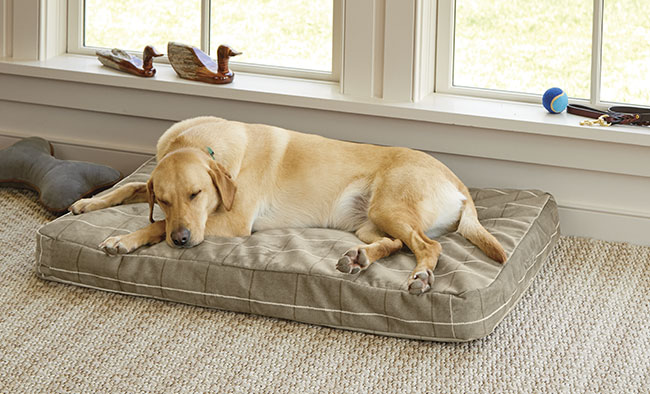Introduction:
For pet owners who revel in the joys of gardening, transforming your outdoor space into a pet-friendly haven is a rewarding endeavor. Pet-friendly gardening not only enhances the aesthetics of your yard but also ensures a safe and enjoyable environment for your furry companions. In this guide, we’ll explore the principles of “Pet-Friendly Gardening: Creating a Safe Haven for Your Pets,” offering insights into plants, design elements, and practices that contribute to a harmonious coexistence between your garden and your beloved pets.
Section 1: Choosing Pet-Friendly Plants
1.1. Non-Toxic Plants: Opt for plants that are non-toxic to pets. Many common garden plants, such as marigolds, sunflowers, and petunias, are safe for dogs and cats. Research specific plant varieties to ensure they pose no harm if ingested.:max_bytes(150000):strip_icc()/Catandhouseplants-d94834460ea146d9833adfede4c86b9a.jpg)
1.2. Avoiding Toxic Foliage: Some plants may have non-toxic flowers but toxic foliage. Be aware of potential risks and ensure that all parts of the chosen plants are safe for your pets. Common toxic plants include lilies, azaleas, and oleander.
1.3. Herb Gardens for Cats: Cats often enjoy nibbling on greenery. Consider creating a dedicated herb garden with cat-friendly herbs like catnip, catmint, and cat thyme. Not only do these provide a safe snacking option, but they also add a delightful aroma to your garden.
Section 2: Designing a Pet-Safe Landscape
2.1. Fenced-In Areas: Establish designated areas within your garden with secure fencing. These spaces allow your pets to explore and play freely without the risk of wandering into potentially harmful areas or getting lost.
2.2. Comfortable Resting Spots: Create comfortable resting spots for your pets within the garden. Incorporate pet-friendly furniture, cozy cushions, or shaded areas where they can relax and enjoy the outdoors with you.
2.3. Avoiding Sharp Edges: Choose landscaping materials with rounded edges to prevent injuries. Smooth stones, rounded pavers, and well-placed mulch are safer alternatives to sharp or jagged surfaces that could harm your pets’ paws.
Section 3: Implementing Pet-Safe Practices
3.1. Natural Pest Control: Embrace natural pest control methods to protect your garden without exposing your pets to harmful chemicals. Companion planting, beneficial insects, and pet-safe repellents help maintain a balanced and eco-friendly garden.
3.2. Pet-Safe Fertilizers: Opt for pet-safe fertilizers to nourish your plants without posing a risk to your pets. Many organic and natural fertilizers are available that won’t harm your furry friends if they happen to explore or dig in the garden.
3.3. Secure Water Features: If you have water features in your garden, ensure they are pet-safe. Shallow, easily accessible areas for drinking and playing are ideal. Avoid deep ponds or water features with steep sides that could pose a drowning risk for pets.
Section 4: Managing Garden Hazards
4.1. Mulch Selection: Choose pet-friendly mulch options. Cocoa mulch, for example, contains theobromine, a compound found in chocolate that can be toxic to pets. Opt for mulches made from shredded pine, cedar, or other non-toxic materials.
4.2. Garden Cleanup: Regularly clean up fallen leaves, fruits, and other debris from your garden. Some plants may produce fruits or seeds that are harmful to pets if ingested, so thorough cleanup helps prevent accidental ingestion.
4.3. Supervision and Training: When introducing your pets to the garden, supervise their behavior and provide gentle training. Teach them boundaries and discourage behaviors that could harm them or damage the garden.
Conclusion:
In conclusion, creating a pet-friendly garden is a delightful way to enjoy the outdoors with your furry companions while ensuring their safety and wellbeing. By selecting pet-friendly plants, implementing thoughtful design elements, and practicing safe gardening habits, you can create a haven where your pets can thrive. With careful consideration and planning, your garden can become a shared space filled with joy, relaxation, and the beauty of nature for both you and your beloved pets. Here’s to cultivating a pet-friendly haven that enhances the bond between you and your garden-loving companions!